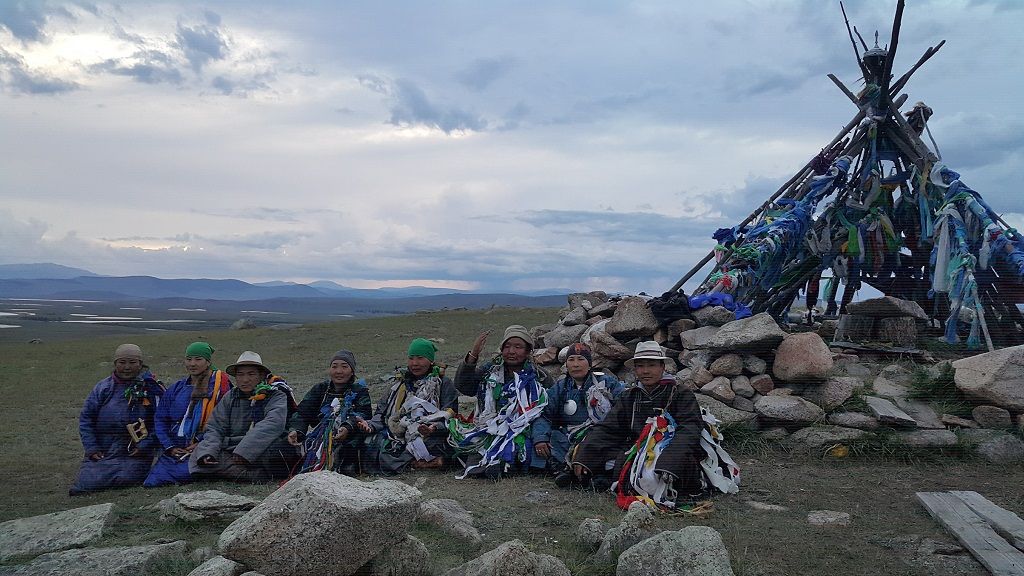INTRODUCTION OF NATURAL ECOLOGY OF RENCHINLUMBE SOUM, KHUVSGOL AIMAG

Renchinlkhumbe soum of Khuvsgul aimag has an area of 841834 hectares. It is located 998 km from Ulaanbaatar and 285 km from the aimag center, bordering Buryatia, Russia, Tsagaannuur, Ulaan-Uul, Alag-Erdene, Khankh soums and Khatgal villages of Khuvsgul aimag. It has a harsh climate, with a long cold season and 38-50 degrees Celsius in winter. Annual precipitation is 350-400 mm. 70-80 percent of it falls in the warm season and 20-30 percent in the cold season. Most of the area is covered by Horidol Saridag, Renchinlkhumbe, Agaya, Noyon Shovkh Saridag, Utraga, Jar, Khusht, Ul, Jigleg Ikh Davaa, taiga, mountains and forests, which are 1550-3200 meters above sea level. The forest and taiga are covered with a mixture of ebony, cedar, pine, spruce and poplar. It accounts for 18 percent of Mongolia’s forests and almost 25 percent of Khuvsgul’s forests. There are about 300 lakes and ponds, including Upper Tsagaannuur, Duuren, Ongon, Tsoitson, Tsetsegt, and Targan lakes, and more than 50 fast-flowing rivers such as Khug, Ived, Shishged, Khodon, Arsai, Sharga, Khogorgo, and Tengis. The Shishged River is 344 km long, 90-120 m wide and 3.6-3.9 m deep. The river flows into the Yenisei River and reaches the Arctic Ocean. According to Japanese researchers, the Shishgedi Depression was formed 200,000 years ago, and 155,000 years ago, the water became a lake, but it dried up and formed the present-day Darkhad Depression. Renchinlkhumbe soum has 872 hectares of arable land. During the agricultural cooperative, a large amount of grain was harvested from these farms, and now people use it only for haymaking and feeding their livestock. The soum has rare medicinal plants such as vansemberuu, sheep juniper, Siberian fir, palm, sorghum, goldenseal, horse rhinoceros, and more than 700 species of grasses of 67 genera and 260 species in its pastures. The area is home to more than 240 species of migratory and permanent birds, including swans, geese, ducks, roe deer, gulls, many waterfowl, bustards, cranes, various larks, vultures, eagles, hawks, partridges and crows. Also deer, wolves, ibex, argali, rams, deer, squirrels, marmots, roe deer, deer, elk, lynx, marten, rainbow, artichokes, foxes, sable, bears, olbi, wolves, musk deer, pigs, squirrels, lizards, There are about 40 species of animals, including otters, badgers, stink bugs, rabbits, guinea fowl, and corsac. Khonogtsol, Boom, Sarig, Tsagaannuur, Khar Us, Emt and Boorog springs located in the soum have good service to the human body and are of medical importance, so people from all over Mongolia come and relax. One of the peculiarities of the soum’s climate is that the sun warms up in the morning and turns into summer, the sky is overcast at noon, the cold wind blows in spring and autumn, and the snow falls at night, giving rise to winter colors.


